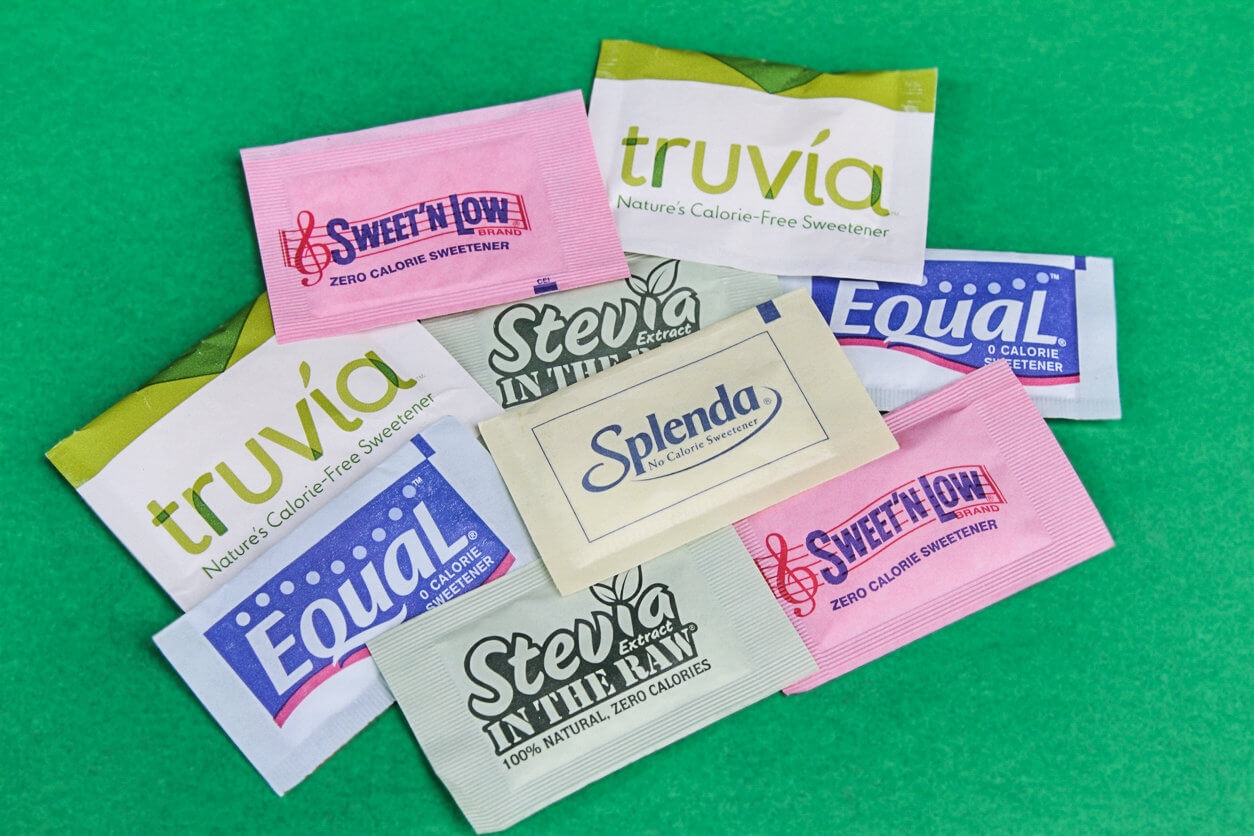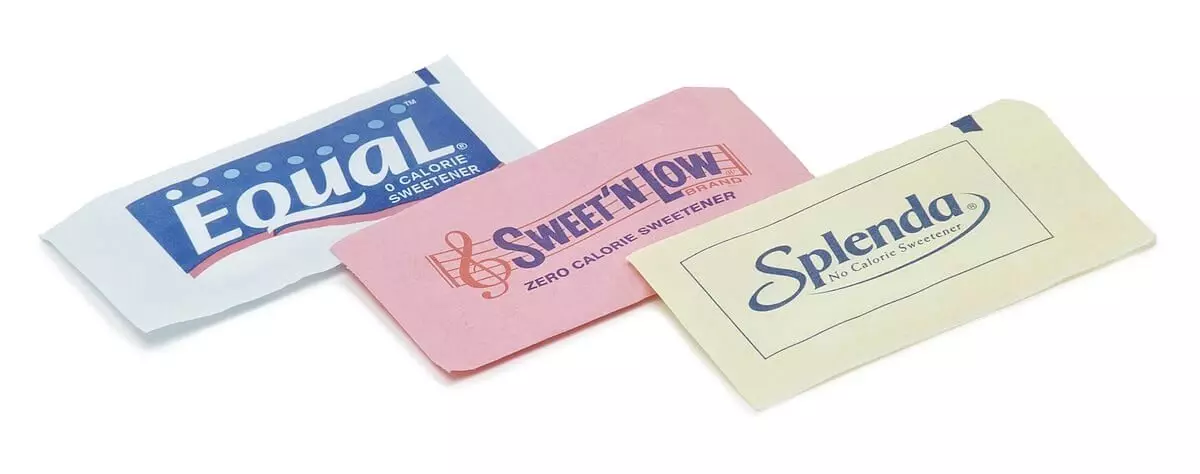Comments
- No comments found

Product branding can make a potential toxin seem less toxic.
Call it what you want, sugar plays a huge role in our lives. From 1, 6 fructose diphosphate and its essential metabolic role in the Krebs cycle to the ubiquitous "high fructose corn sugar" that flavors—for better or worse—our world. Sugar is all around us. And where there's sugar, there are sugar substitutes.
Sugar substitutes have dominated the sweetener category for a long time and have leveraged their 'very low calorie' advantages for the well and ill. Artificially sweetened soft drink consumption are often associated with a higher risk of stroke and dementia. The study looked at almost 3,000 people for 10 years. But these data and many curious health concerns are cloaked behind something that might be even more powerful than science. It's the magic of branding.
Here are three that you certainly know: Equal, Sweet'n Low and Splenda. The names conger up lovely thoughts and images of equality, sweetness (and you can cheat) and dietary splendor! But there's something even more interesting and perhaps even more basic. It's the colors that have been chosen. Light blue, soft pink and yellow.
Think about it. What topic owns these three colors (other than sugar substitutes)?

Babies! Sweet, innocent babies.
Blue for a boy. Pink for a girl. And yellow, if you don't know. So, here we have the clash of two worlds!! The purity and innocence of a new born baby with the complexity of sugar substitutes. And what is one of the more common ways a sugar substitute makes their way to our food? A lovely little packet. And there you have it. Sweet'n Low, Equal and Splenda as BABY BLANKETS! There could be nothing as sweet, safe and less threatening! Pink, blue and yellow. Three colors that are linked to life and birth itself!
But there's a little more to the evolution of this category. It's the emergence of Truvia. This product is derived from the stevia plant. But where do you position another brand and pick the "next baby blanket"? Well, as it turns out, Truvia is positioned—exactly upon the scientific and consumer concerns—as natural! And where does color theory take us? Green! And of course, it's a nice soft green—kinda like a baby blanket!
So, science and psychology compete for mindshare and marketshare. It's a brutal battleground and as data suggest, it might be more dangerous than we ever imagined.
John is the #1 global influencer in digital health and generally regarded as one of the top global strategic and creative thinkers in this important and expanding area. He is also one the most popular speakers around the globe presenting his vibrant and insightful perspective on the future of health innovation. His focus is on guiding companies, NGOs, and governments through the dynamics of exponential change in the health / tech marketplaces. He is also a member of the Google Health Advisory Board, pens HEALTH CRITICAL for Forbes--a top global blog on health & technology and THE DIGITAL SELF for Psychology Today—a leading blog focused on the digital transformation of humanity. He is also on the faculty of Exponential Medicine. John has an established reputation as a vocal advocate for strategic thinking and creativity. He has built his career on the “science of advertising,” a process where strategy and creativity work together for superior marketing. He has also been recognized for his ability to translate difficult medical and scientific concepts into material that can be more easily communicated to consumers, clinicians and scientists. Additionally, John has distinguished himself as a scientific thinker. Earlier in his career, John was a research associate at Harvard Medical School and has co-authored several papers with global thought-leaders in the field of cardiovascular physiology with a focus on acute myocardial infarction, ventricular arrhythmias and sudden cardiac death.
Leave your comments
Post comment as a guest